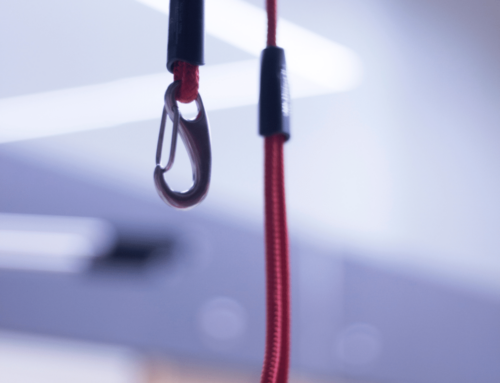The purpose was to study the effect of a sling exercise training (SET)–based core stability program on maximal throwing velocity among female handball players. Twenty-four female high-school handball players (16.6 6 0.3 years, 63 6 6 kg, and 169 6 7 cm) participated and were initially divided into a SET training group (n = 14) and a control group (CON, n = 10).
Both groups performed their regular handball training for 6 weeks. In addition, twice a week, the SET group performed a progressive core stability-training program consisting of 6 unstable closed kinetic chain exercises. Maximal throwing velocity was measured before and after the training period using photocells. maximal throwing velocity significantly increased 4.9% from 17.9 6 0.5 to 18.8 6 0.4 m_s21 in the SET group after the training period (p , 0.01), but was unchanged in the control group (17.1 6 0.4 vs. 16.9 6 0.4 m_s21).
These results suggest that core stability training using unstable, closed kinetic chain movements can significantly improve maximal throwing velocity. A stronger and more stable lumbopelvichip complex may contribute to higher rotational velocity in multi segmental movements. Strength coaches can incorporate exercises exposing the joints for destabilization force during training in closed kinetic chain exercises. This may encourage an effective neuromuscular pattern and increase force production and can improve a highly specific performance task such as throwing.
KEY WORDS: strength, performance, unstable, closed kinetic





